Christoffer Wilhelm Eckersberg (1783–1853) belongs to that unusual breed of artist who is celebrated in his native land, but little known outside it. Indeed, all but 10 of the 82 paintings that comprise the third and final version of his retrospective – which was shown at the Statens Museum for Kunst in Copenhagen and the Hamburger Kunsthalle before moving to Paris – are from Danish collections. Most of the rest are from Germany. Outside those two countries, if he is familiar at all, it is as a master of the oil sketch, as an early proponent of plein air painting whose crystalline views of Rome combine painstaking observation with a particular clarity of light that can transport the viewer to a specific place and time. But what are we to make of the entire oeuvre of this father of modern Danish painting?
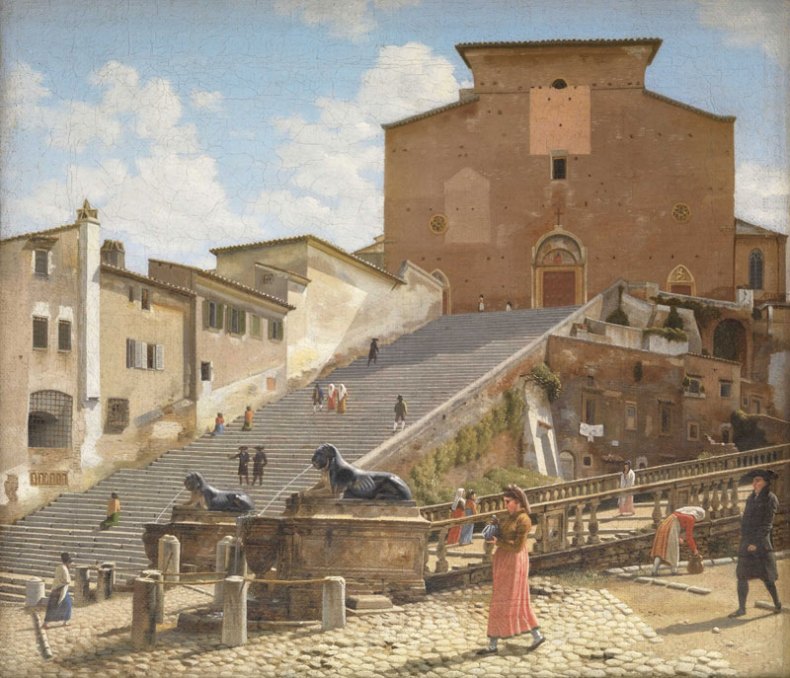
The Marble Steps Leading to the Church of Santa Maria in Aracoeli in Rome (1814–16), Christoffer Wilhelm Eckersberg. © Statens Museum for Kunst, Copenhagen
Eckersberg had aspirations as a history painter, and having won the gold medal of the Royal Danish Academy of Fine Arts in 1809 he was able to continue his studies abroad, first in Paris and then Rome. The years in Paris were critical: there he not only made his first luminous city views and ‘modern’ Claudian landscapes staffed with contemporary figures – very much in the spirit of Pierre-Athanase Chauvin – but he also spent a year in the studio of the greatest painter of the day, Jacques-Louis David.
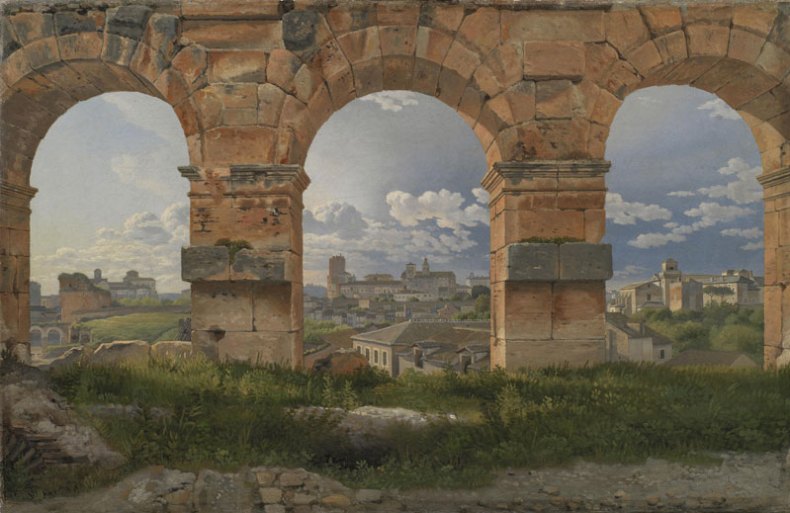
View through three Arches of the Colosseum in Rome (1815), Christoffer Wilhelm Eckersberg. © Statens Museum for Kunst, Copenhagen
This presentation at the Fondation Custodia is predominantly chronological rather than thematic. It opens with his early and somewhat gauche history paintings – the artist took a surprisingly long time to overcome his tendency to paint over-scale heads – and progresses through the Parisian years and the strikingly bold and unorthodox Roman views to the relatively small and severely precise neoclassical portraits that he produced back in Denmark. The latter range from the clear-contoured, Madame Recamier-ish Emilie Massmann to the classical frieze of the ambitious Nathanson Family group and the superb portrait of his friend and mentor, the sculptor Bertel Thorvaldsen (a slightly earlier example from 1814). Detailed marine scenes, cloud studies and compelling nocturnes follow, as well as Biblical scenes – more curiosities than masterpieces – and a rich offering of works on paper. Drawings were always of paramount importance to this artist.
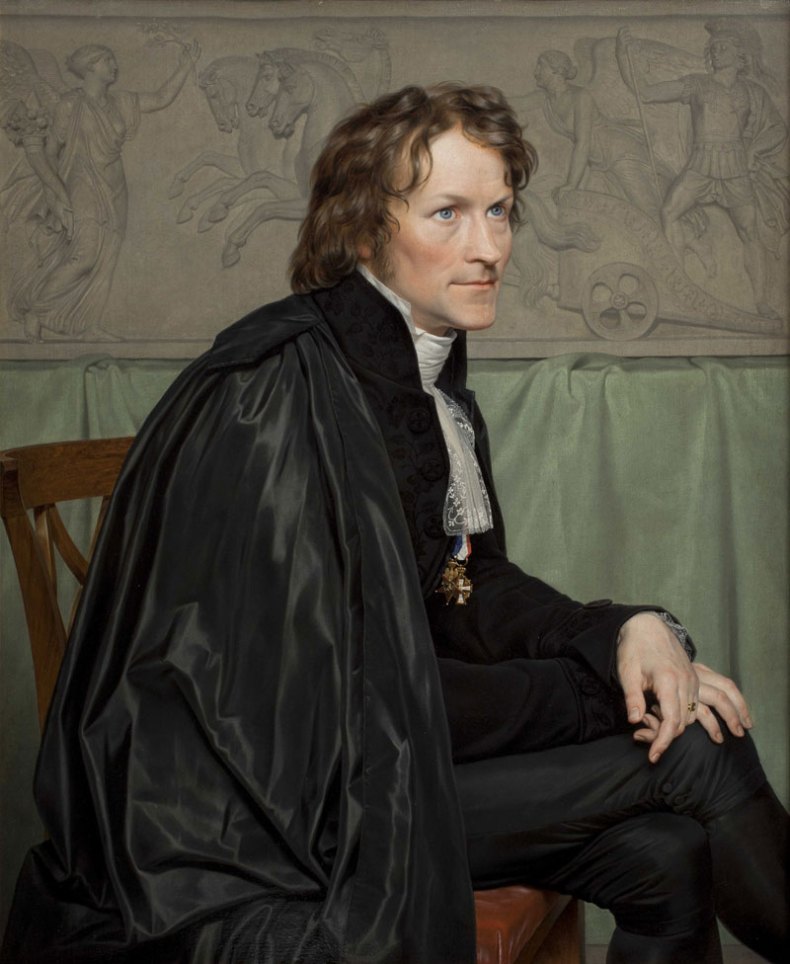
Portrait of Bertel Thorvaldsen Wearing the Habit and Insignia of the San Luca Academy (1814), Christoffer Wilhelm Eckersberg. © The Royal Academy of Fine Arts, The Academy Council, Copenhagen / Photo: Frida Gregersen
The real revelation of the show, however, is the series of five life-size and very finished figure studies that Eckersberg painted in 1837 for his students at the Royal Danish Academy. Here he brings the naked – not nude – models right to the picture plane. While Ingres’s comparable studies are often cropped to expose only some pubic hair, Eckersberg fearlessly continues. It is the very particularity of the sex of each that is disconcerting, not least when his sober empirical eye is scrutinising the contours of a shy 11-year-old girl or the 18-year-old Carl Frorup who stands slightly suggestively weighing a cane in his hands.
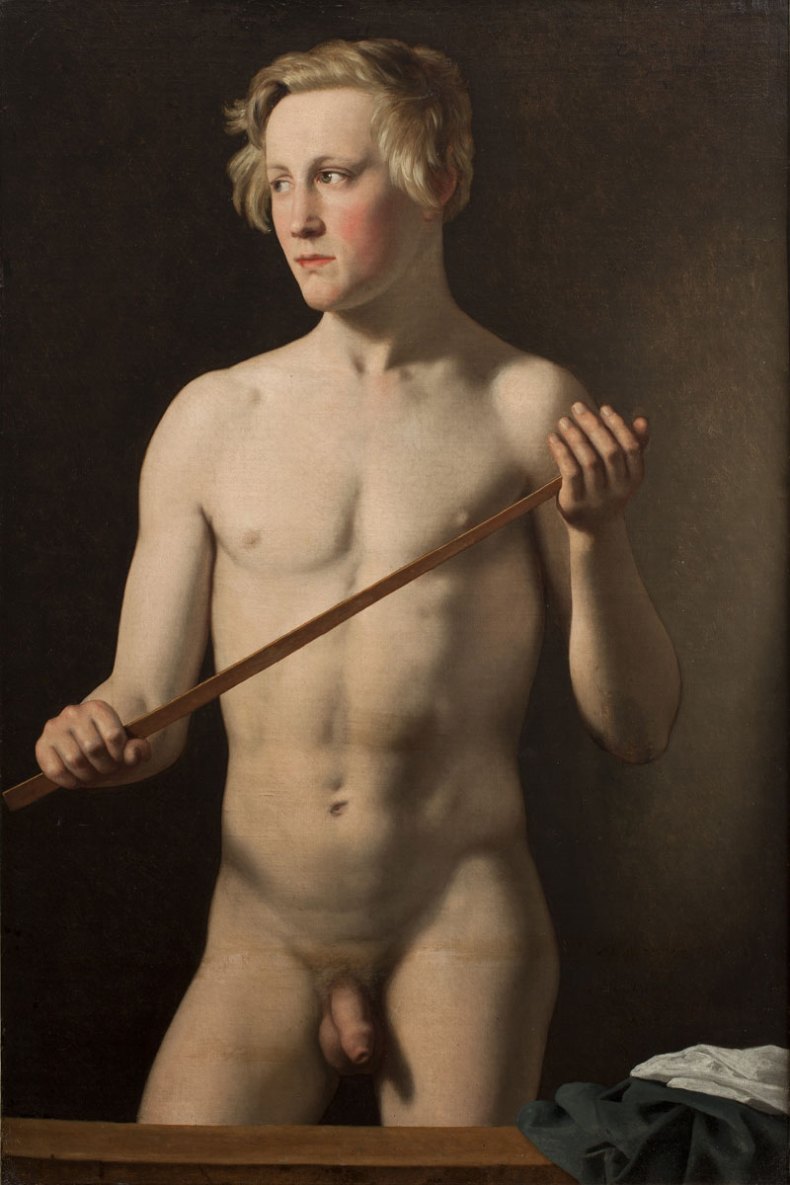
Male Model holding a Staff. Carl Frørup, 18 years (1837) Christoffer Wilhelm Eckersberg. © The Royal Academy of Fine Arts, The Academy Council, Copenhagen / Photo: Frida Gregersen
What this handsome show reminds us most of all is that Eckersberg was, for a short time at least, part of the mainstream of a cosmopolitan early 19th-century art, not least in his investigations of atmospheric and meteorological conditions. He was not the first Northern artist beguiled by the warm southern light, nor was he the inventor of the oil sketch, a practice begun in the 1770s, but he transformed it into a type of small-scale painting whose timeless modernity still astounds.
‘C. W. Eckersberg (1783-1853): Danish artist in Paris, Rome and Copenhagen’ is at the Fondation Custodia, Paris, until 14 August.
Unlimited access from just $16 every 3 months
Subscribe to get unlimited and exclusive access to the top art stories, interviews and exhibition reviews.

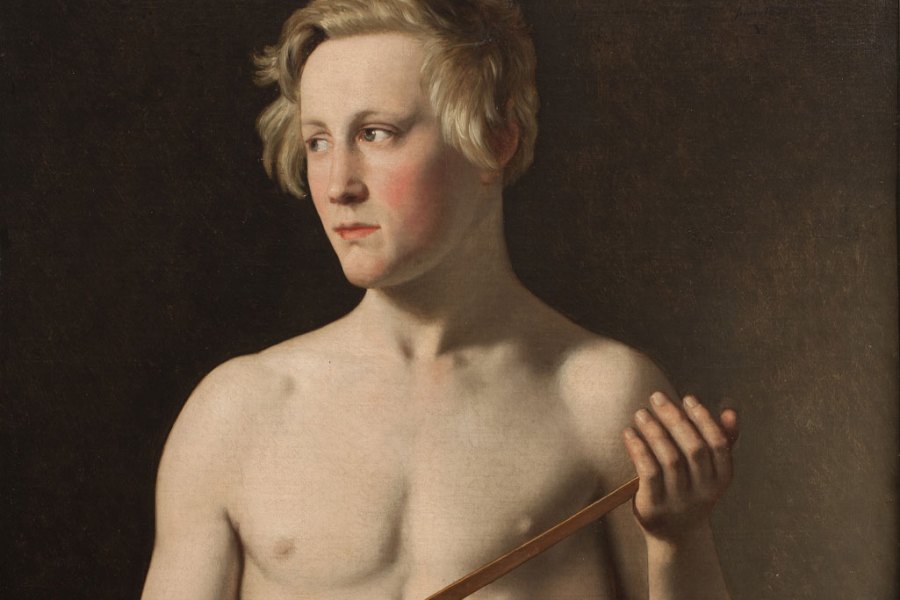
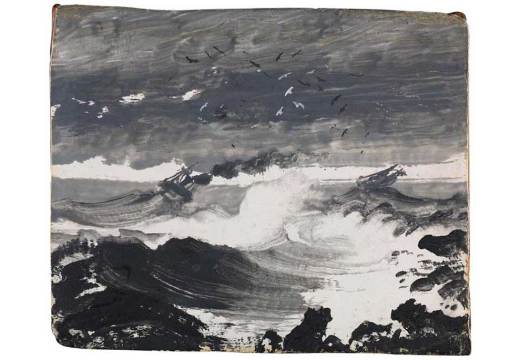

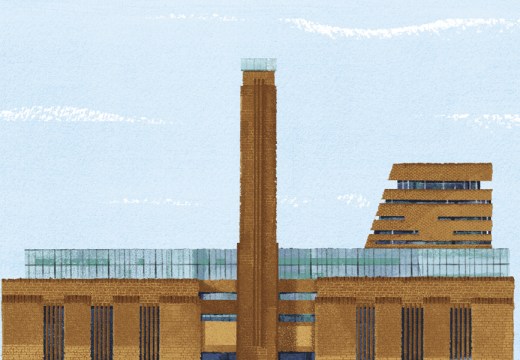









![Masterpiece [Re]discovery 2022. Photo: Ben Fisher Photography, courtesy of Masterpiece London](http://www.apollo-magazine.com/wp-content/uploads/2022/07/MPL2022_4263.jpg)
It’s time for the government of London to return to its rightful home